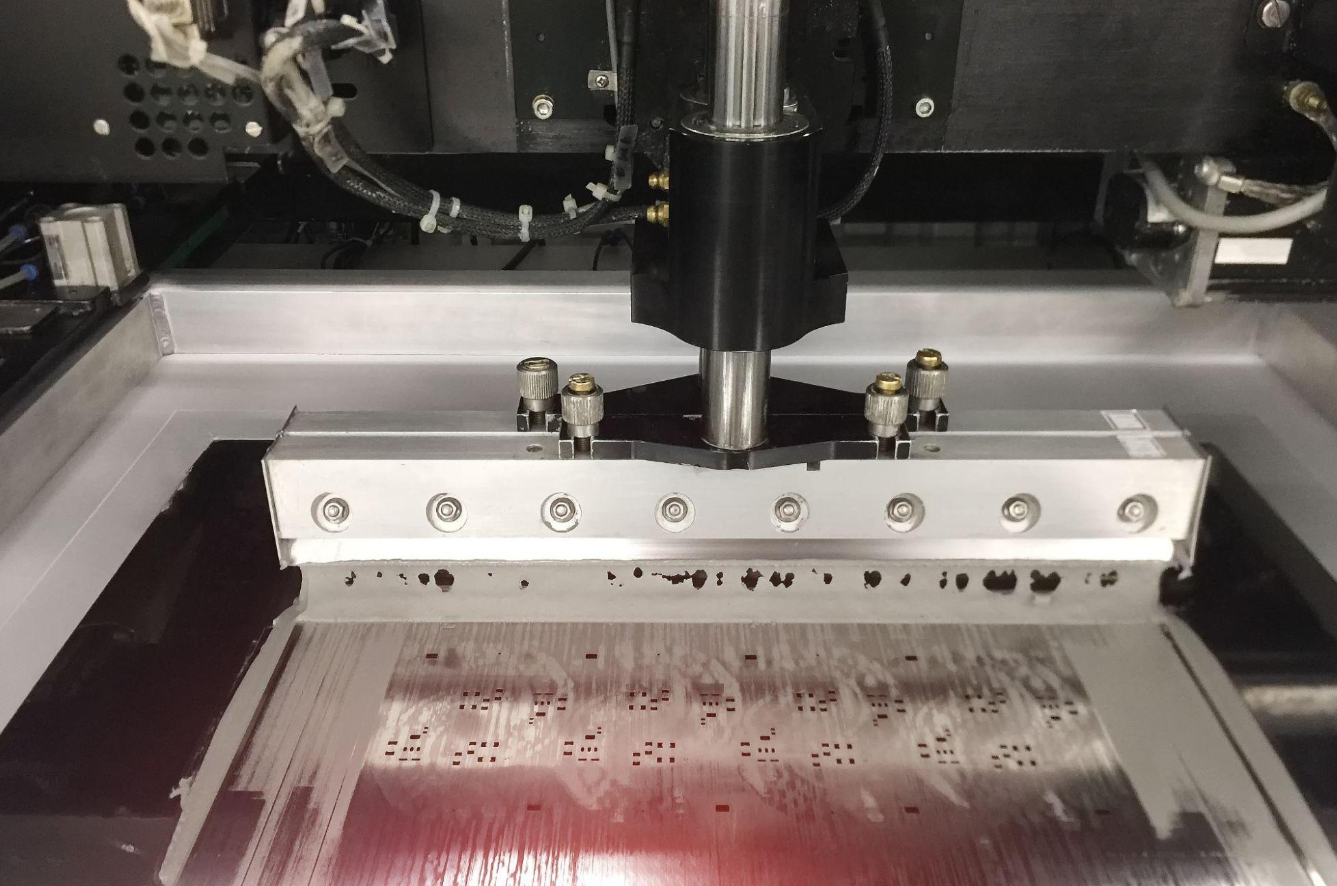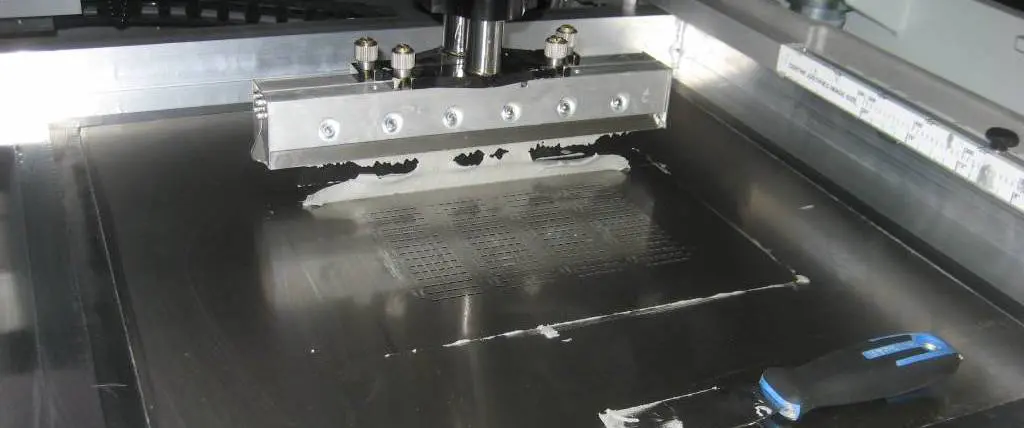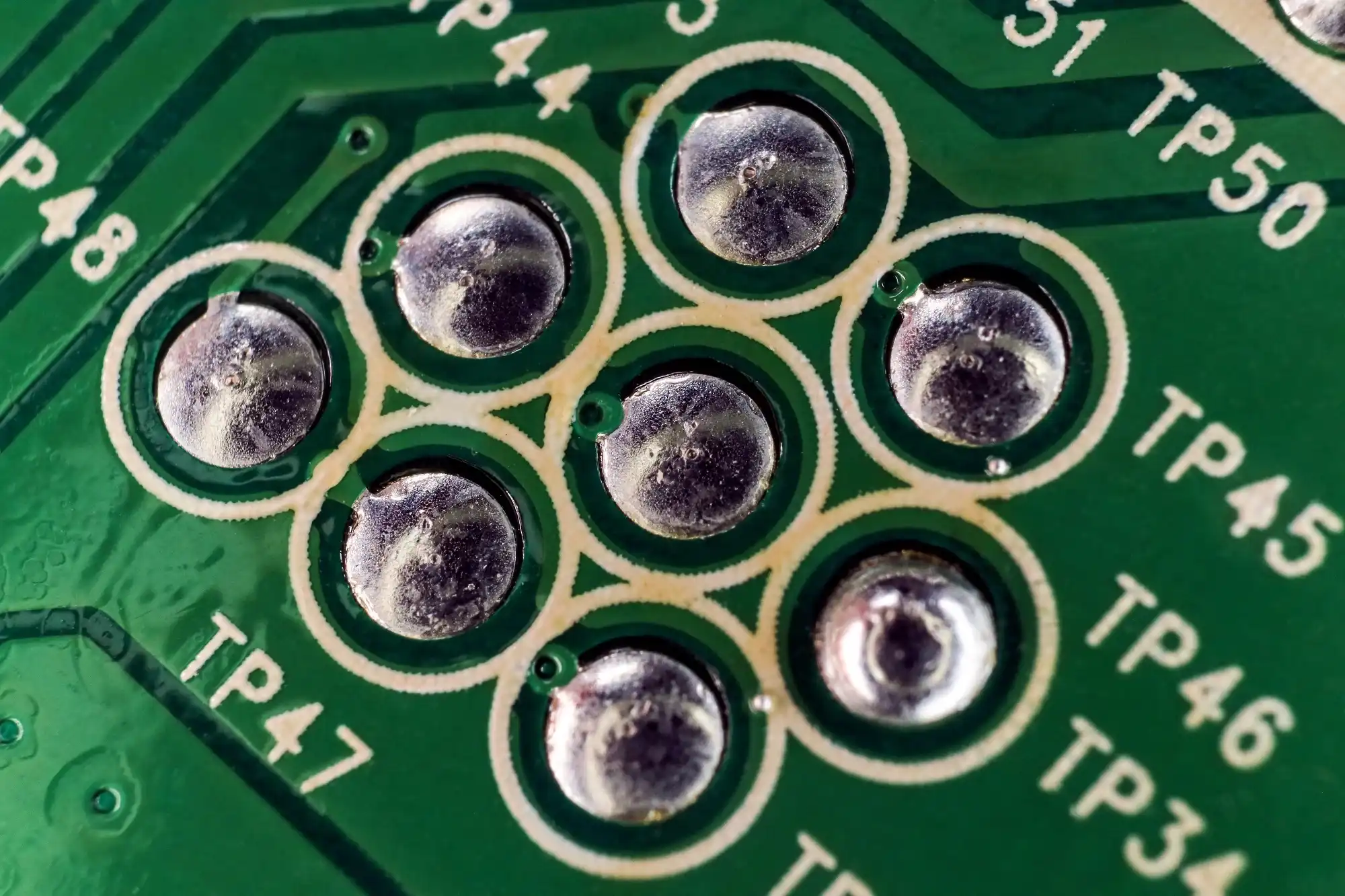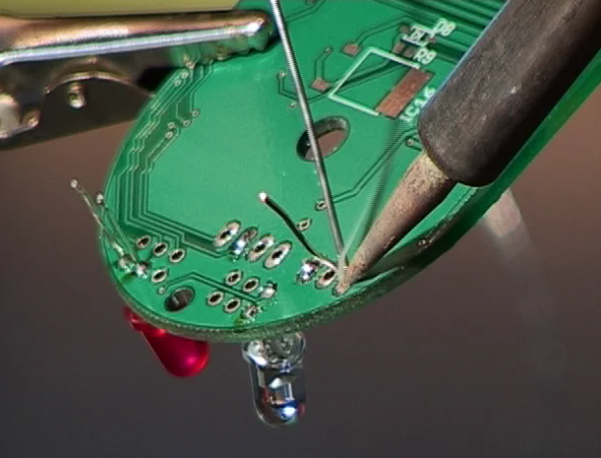In the world of electronics, ensuring the durability and performance of printed circuit boards (PCBs) is critical. Two popular methods for protecting PCBs from environmental hazards are potting and conformal coating. But which one is better for your project? In this comprehensive guide, we’ll explore PCB potting vs conformal coating, provide a detailed PCB protection methods comparison, and dive into specific benefits like potting for vibration resistance and conformal coating for moisture protection. By the end, you’ll have a clear understanding of these PCB reliability enhancement techniques and how to choose the right one for your needs.
Why PCB Protection Matters
PCBs are the heart of electronic devices, managing everything from simple circuits to complex systems. However, they are vulnerable to environmental factors like moisture, dust, chemicals, temperature extremes, and physical stress. Without proper protection, these elements can cause corrosion, short circuits, or complete failure, leading to costly repairs or replacements. According to industry studies, unprotected PCBs exposed to harsh conditions can fail up to 30% faster than those with protective measures in place.
Protecting your PCB not only extends its lifespan but also ensures consistent performance, especially in demanding applications like automotive, aerospace, and industrial equipment. Let’s dive into the two primary protection methods—potting and conformal coating—and see how they stack up.
What Is PCB Potting?
PCB potting involves encasing a circuit board or its components in a solid or gel-like material, often a resin or epoxy. This compound hardens around the PCB, creating a robust barrier that shields it from external threats. The process typically involves pouring the liquid compound into an enclosure or mold around the PCB and allowing it to cure into a solid mass.
Potting is especially effective for potting for vibration resistance. The thick layer of material absorbs shocks and vibrations, preventing components from loosening or breaking. For example, in automotive applications, where PCBs are exposed to constant engine vibrations, potting can reduce mechanical stress by up to 50%, as reported in some engineering analyses.
Additionally, potting provides excellent protection against moisture, dust, and chemicals, making it ideal for outdoor or harsh industrial environments. However, it adds significant weight and bulk to the assembly, and once applied, it’s nearly impossible to remove for repairs or modifications.
Key Benefits of Potting
- Superior protection against physical shock and vibration.
- Complete sealing from moisture, dirt, and corrosive substances.
- Enhanced thermal management in some cases, as the compound can dissipate heat.
Drawbacks of Potting
- Increases weight and size, which may not suit compact designs.
- Difficult to repair or rework due to the permanent nature of the compound.
- Higher material and application costs compared to other methods.
What Is Conformal Coating?
Conformal coating is a thin, protective layer of polymer material applied directly onto the surface of a PCB. Unlike potting, it doesn’t encase the board in a thick shell but instead “conforms” to the shape of the components, providing a lightweight barrier. Common materials include acrylic, silicone, and urethane, each offering different levels of protection.
Conformal coating excels at conformal coating for moisture protection. It creates a barrier that prevents water, humidity, and condensation from reaching the PCB, reducing the risk of corrosion. Studies show that conformal coatings can improve a PCB’s resistance to moisture-related failures by over 40% in humid environments. It’s widely used in consumer electronics, medical devices, and telecommunications equipment where lightweight protection is essential.
While conformal coating is less effective against heavy vibrations or physical impacts compared to potting, it allows for easier rework and inspection since it can often be removed with solvents or heat.
Key Benefits of Conformal Coating
- Lightweight and space-saving, ideal for compact devices.
- Effective barrier against moisture, dust, and mild chemicals.
- Easier to apply and rework compared to potting.
Drawbacks of Conformal Coating
- Limited protection against strong vibrations or mechanical stress.
- Less durable in extreme conditions compared to potting.
- Application requires precision to avoid gaps or uneven coverage.
PCB Potting vs Conformal Coating: A Detailed Comparison
Choosing between potting and conformal coating depends on your specific application and environmental challenges. Let’s break down the PCB protection methods comparison across key factors to help you decide.
1. Environmental Protection
Both methods protect against environmental hazards, but their effectiveness varies. Potting offers near-complete sealing, making it ideal for extreme conditions like underwater applications or exposure to harsh chemicals. Conformal coating, while excellent for humidity and light dust, may not hold up under constant immersion or aggressive solvents.
2. Mechanical Durability
When it comes to potting for vibration resistance, potting is the clear winner. Its thick, solid structure absorbs impacts and secures components in place, reducing the risk of damage in high-vibration settings. Conformal coating, being a thin layer, provides minimal mechanical support and is better suited for static or low-stress environments.
3. Weight and Size
Conformal coating is the go-to choice for lightweight and compact designs. It adds negligible weight, often less than 0.1 grams per square inch of PCB surface, while potting can increase the total weight by several ounces or more, depending on the compound used. For portable or space-constrained devices, conformal coating is often more practical.
4. Cost and Application
Potting tends to be more expensive due to the volume of material required and the labor-intensive process of encasing the PCB. Conformal coating, on the other hand, uses less material and can be applied via spraying, dipping, or brushing, often at a lower cost. However, achieving uniform coverage with conformal coating requires skilled application to avoid weak spots.
5. Rework and Maintenance
If your design may need future repairs or modifications, conformal coating is far easier to manage. Many coatings can be removed with solvents or heat without damaging the PCB. Potting, once cured, is typically permanent, making rework nearly impossible without destroying the board or enclosure.
Applications and Use Cases for Each Method
Understanding where each method shines can guide your decision. Here are some common scenarios for both potting and conformal coating as part of PCB reliability enhancement techniques.
When to Use Potting
- Automotive and Aerospace: These industries often face high vibrations and temperature swings. Potting secures components and protects against mechanical stress.
- Outdoor Equipment: For devices exposed to rain, dirt, or extreme weather, potting provides a full seal against the elements.
- Heavy Machinery: Industrial control systems benefit from potting’s ability to withstand shocks and harsh chemicals.
When to Use Conformal Coating
- Consumer Electronics: Smartphones, wearables, and home appliances need lightweight protection from humidity and dust, making conformal coating ideal.
- Medical Devices: Equipment like diagnostic tools often require thin, removable coatings for easy maintenance and moisture resistance.
- Telecommunications: PCBs in networking hardware benefit from conformal coating to combat humidity in data centers or outdoor installations.
Practical Tips for Implementing PCB Protection
Whether you choose potting or conformal coating, proper implementation is key to maximizing effectiveness. Here are actionable tips to ensure success as part of your PCB reliability enhancement techniques.
For Potting
- Choose the Right Compound: Epoxy offers high strength and chemical resistance, while silicone provides flexibility for thermal expansion. Match the material to your environment.
- Ensure Proper Curing: Follow manufacturer guidelines for curing time and temperature to avoid air bubbles or incomplete hardening, which can weaken protection.
- Plan for Heat Dissipation: Potting can trap heat, so consider thermal conductivity of the compound (often rated in W/m·K) to prevent overheating components.
For Conformal Coating
- Select the Best Material: Acrylic coatings are easy to apply and rework but offer limited chemical resistance. Silicone or urethane may be better for harsher conditions.
- Apply Evenly: Use automated spraying or dipping for uniform coverage. Uneven layers (thicker than 25-75 micrometers in some cases) can create stress points or weak spots.
- Mask Sensitive Areas: Cover connectors or test points with masking tape before coating to ensure they remain accessible for testing or assembly.
Combining Potting and Conformal Coating
In some cases, using both methods together can provide ultimate protection. For instance, applying a conformal coating first ensures moisture resistance at the component level, while potting over it adds mechanical strength and full encapsulation. This hybrid approach is often seen in military or marine applications where failure is not an option. Keep in mind that this increases cost and complexity, so it’s best reserved for critical systems.
Conclusion: Choosing the Right Protection for Your PCB
Maximizing PCB reliability comes down to understanding your environment and design needs. If your application faces heavy vibrations, extreme conditions, or physical stress, potting is likely the better choice due to its unmatched durability and potting for vibration resistance. On the other hand, if you prioritize lightweight design and need effective conformal coating for moisture protection, conformal coating offers a practical solution.
By weighing the pros and cons in this PCB potting vs conformal coating comparison, you can make an informed decision. Both methods are powerful PCB reliability enhancement techniques, and selecting the right one—or even combining them—can significantly extend the life and performance of your electronics. Always consider factors like cost, rework needs, and environmental exposure when planning your PCB protection methods comparison.
With the right protection strategy, your PCBs can withstand the toughest challenges, ensuring long-term reliability for your projects. If you’re ready to take the next step, explore material options and application techniques tailored to your specific requirements for the best results.
 ALLPCB
ALLPCB







